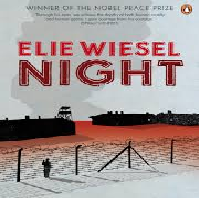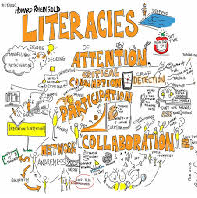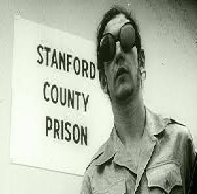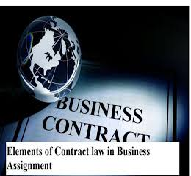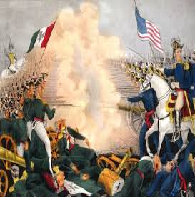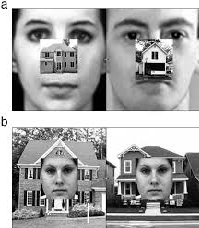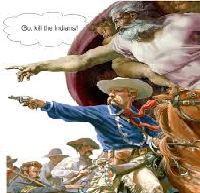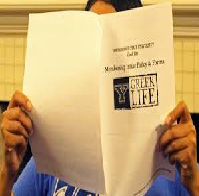Policy Guide about Poverty in Indonesia can you please come up with a title that is going to cover about policy guide about poverty in Indonesia.

I’d also include an example of what the paper should look like try to use a few references and give me the link to the references too so that i can make sure that i have access to those documents or files. and I’d like
you to use this as one of the references too.
http://www.ruralpovertyportal.org/country/approaches/tags/indonesia
Here are the details of your 4th (and last) writing assignment for this course. This requires you to write a policy brief. The policy brief is a document
that outlines the rationale for choosing a particular policy alternative or course of action in a current policy debate. It is often written in response to a
request directly from a policy-maker or within an organization that intends to advocate for the position detailed in the brief.
This implies, the targeted audience is someone very busy, with a very little time in her hand. Therefore you need to be very concise and focused in your
policy brief (at most 3 pages, excluding the title page and the reference/Sources cited page). Imagine you are writing for a busy, sleep deprived person, who
is not interested in the research/analysis procedures conducted to produce the evidence, but is very interested to know the writer’s perspective on the
problem and potential solutions based on the new evidence.
Policy Guide about Poverty in Indonesia Formatting Style Requirements
You should write your name, student number, course name and number, instructor and TA name, and your tutorial number in the first page.
The second page should contain the title of your policy brief and the executive summary of your policy brief. Excluding this title page (which includes the
executive summary) and one reference page (which should be in APA style) the body of your assignment should be no more than 3 pages in length, 12 point
font-size, 1.5 spacing, with normal margins. Please see the template below for details.
Criteria for Evaluation: Did you follow the assignment guidelines and style requirement? Have you really motivated why your chosen problem is the most
important and needs immediate attention? Is there useful sets of information compiled about the problem and corresponding policies your country from credible
sources? Are your policy recommendation(s) realistic and feasible? Have you clearly stated why you consider that your recommended policy(s) will work better
than some of the previous policies that did not work earlier?
Policy Guide about Poverty in Indonesia Policy Brief Template
Preparation (not part of the policy brief’s body)
Audience research –who am I writing for and why
Note: Usually written for officials, bureaucrats, politicians, ministers, donors etc. Its purpose is to convince the target audience of the urgency of the
current problem and the need to adopt the preferred alternative or course of action outlined.
Decide on key message and approach:
Note: A policy brief is more succinct and “professional” compared to an academic research paper,
because it is geared towards readers who have a limited amount of time to make a practical decision.
Do a SWOT analysis: – what are the strengths, weaknesses, opportunities and threats surrounding the research issue.
Title
The title should aim to catch the attention of the policymaker and compel him/her to read on and so needs to be descriptive, punchy and relevant.
Executive Summary
A one paragraph overview of the purpose and recommendations of the brief that entices readers to go further. Single spaced on cover of the brief (= 150
words).
Statement of Issue/Problem
Phrase the topic as a question that requires a decision This can be as short as one question.
Introduction
Answer the question why is the topic important, why should people care.
Include only the essential facts that a decision maker “needs to know” to understand the context of the problem. Assume that you have been hired to filter
through tons of information on behalf of a very busy and sleep-deprived person.
Answer the question what were the goals of the research and overall findings
Include a clear statement of the policy implications of the problem
9
Critique of Policy Options
A short overview of the policy options in focus, and stating advantages and disadvantages of each option
An argument illustrating why and how the current or proposed approach is failing.
Provide concrete facts or examples to support assertions
Policy Guide about Poverty in Indonesia Recommendations
After prioritizing the relative pros and cons of the above options, please recommend one option.
Aim for breakdown of the concrete practical steps or measures that need to be implemented.
You may or may not include a closing paragraph re-emphasizing the importance of action.
Appendices
Although the brief is a short and targeted document, authors sometimes decide that their argument needs further support and so include an appendix.
Appendices should be included only when absolutely necessary.
Sources consulted or Recommended
Many writers of the policy brief decide not to include any sourcing of their evidence, as their focus is not on an academic audience.
Some other authors however include a bibliography in the event that the decision maker has the interest and time to read up on a specific issue.
Note that for this assignment, this section is mandatory.




